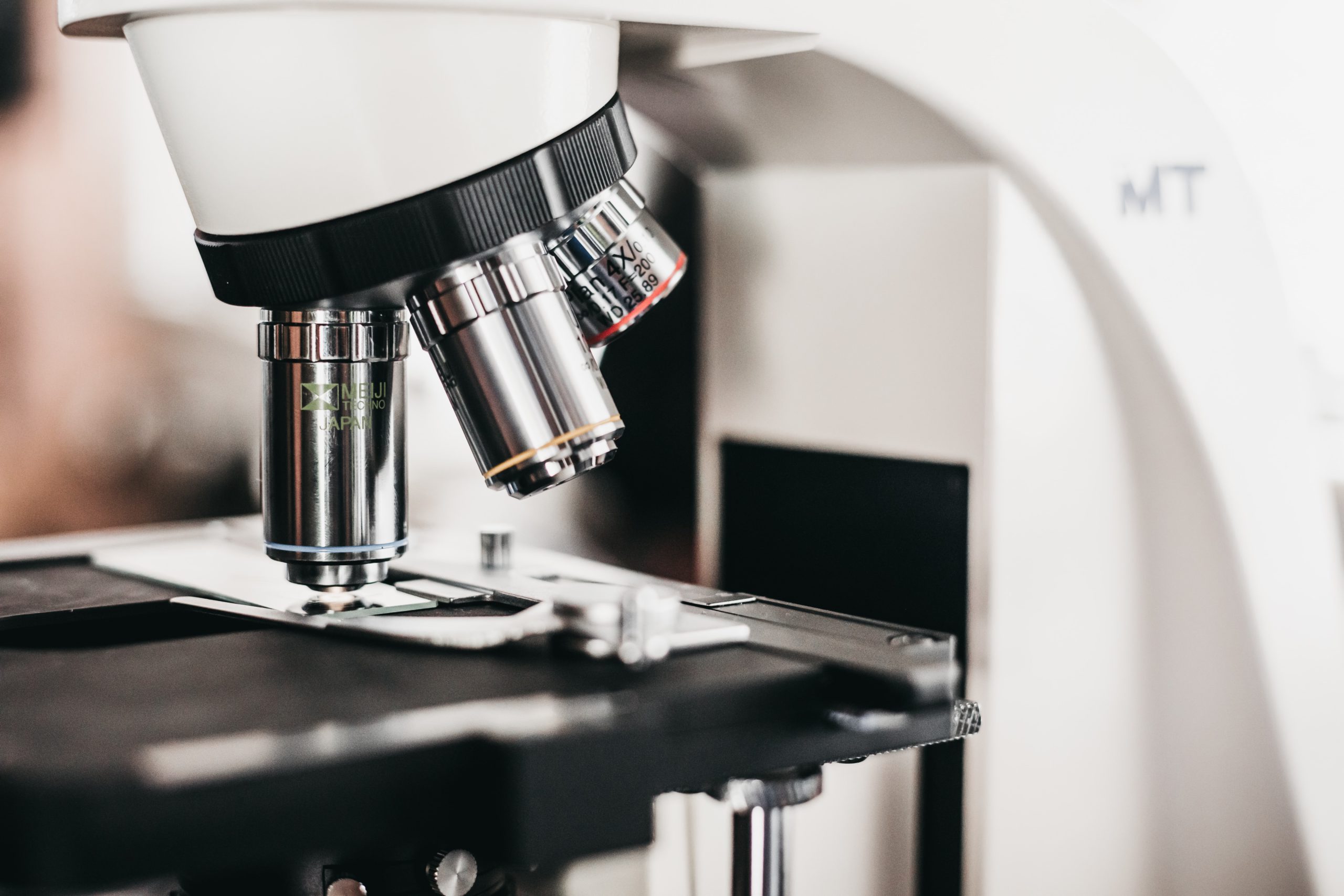Thanks to York’s own graduate research team, a discovery on a novel mechanism being used by muscle stem cells to sense energy has now been published in the journal Nature Communications — and may be significant to cancer cell proliferation further down the line.
Dr. Anthony Scimè is an associate professor and the leader of the Stem Cell Research Group, Molecular, Cellular, and Integrative Physiology in the Faculty of Health. He shares his knowledge on the findings and studies conducted by himself and the graduate students partaking in stem cell research.
“My team, which is made up of highly motivated and intelligent graduate students Debasmita Bhattacharya, Vicky Shah, and Oreoluwa Oresajo, and I were able to show in the Nature Communications publication a novel function for a protein known as ‘p107’ in controlling the way muscle stem cells divide.”

Bhattacharya, affiliated with York’s Stem Cell Research Group, Molecular, Cellular and Integrative Physiology in the Faculty of Health and Muscle Health Research Centre, further explains the stem cell research and how her team’s findings could be beneficial for the future of medical advances.
“Stem cell research is significantly growing thanks to its intrinsic property of regeneration and repair. There are various pools of stem cells in the body that are capable of differentiating into tissue specific lineages forming muscles, bones, cartilages, and nerves.
“Additionally, stem cells can also renew themselves to replenish its pool. Understanding the stem cell properties and functions will help in evaluating and combating the underlying conditions in various diseases,” Bhattacharya adds.
In order to find new treatments, one must be able to gain an understanding of how muscle stem cells function and how muscle complications (such as age-related muscle loss or muscle diseases) have been found to be linked to muscle stem cells that are functionally void.
Bhattacharya explains that this control mechanism might provide new approaches to manipulate muscle stem cells. They continue to say that p107 is found in most dividing cells and that the findings might be one of the universal cellular mechanisms adapted by many other stem cell fate decisions.
She further shares her insights on how muscle stem cells work, and their significance in the new research finding.
“Our study is novel as it deciphers how muscle stem cell proliferation is regulated by metabolic function mediated by p107. While p107 is a known nuclear transcriptional repressor, its metabolic function was never elucidated. Importantly, we found that p107 enters the mitochondria, which is the powerhouse of energy generation, and represses mitochondrial gene transcription. This in turn reduces the energy generation capacity of the mitochondria by limiting the electron transport chain complexes.”
They mention that these findings might also help to understand the overall energy generation mechanism in various stem cells and cancer cells. This then raises the question: What does this mean for the future of medical advances in cancer treatment?
Dr. Scimѐ explains how these discoveries are associated with controlling cell division, possibly including cancer cell division.
“This is by controlling the energy made in the mitochondria of the muscle stem cells. This mechanism might also be applicable to other dividing cell types including cancer cells. It might be possible to manipulate this pathway to target cancer cells to stop dividing.”
In response to how York’s researchers plan on implementing this finding in future cancer treatment, Scimè states that this study is just beginning to progress, and that there is still room for further research and assessment.
“We are not planning to implement this for cancer treatment. We have just now begun to study if this novel mechanism in muscle stem cells applies to breast cancer cell division in the lab at York.”


